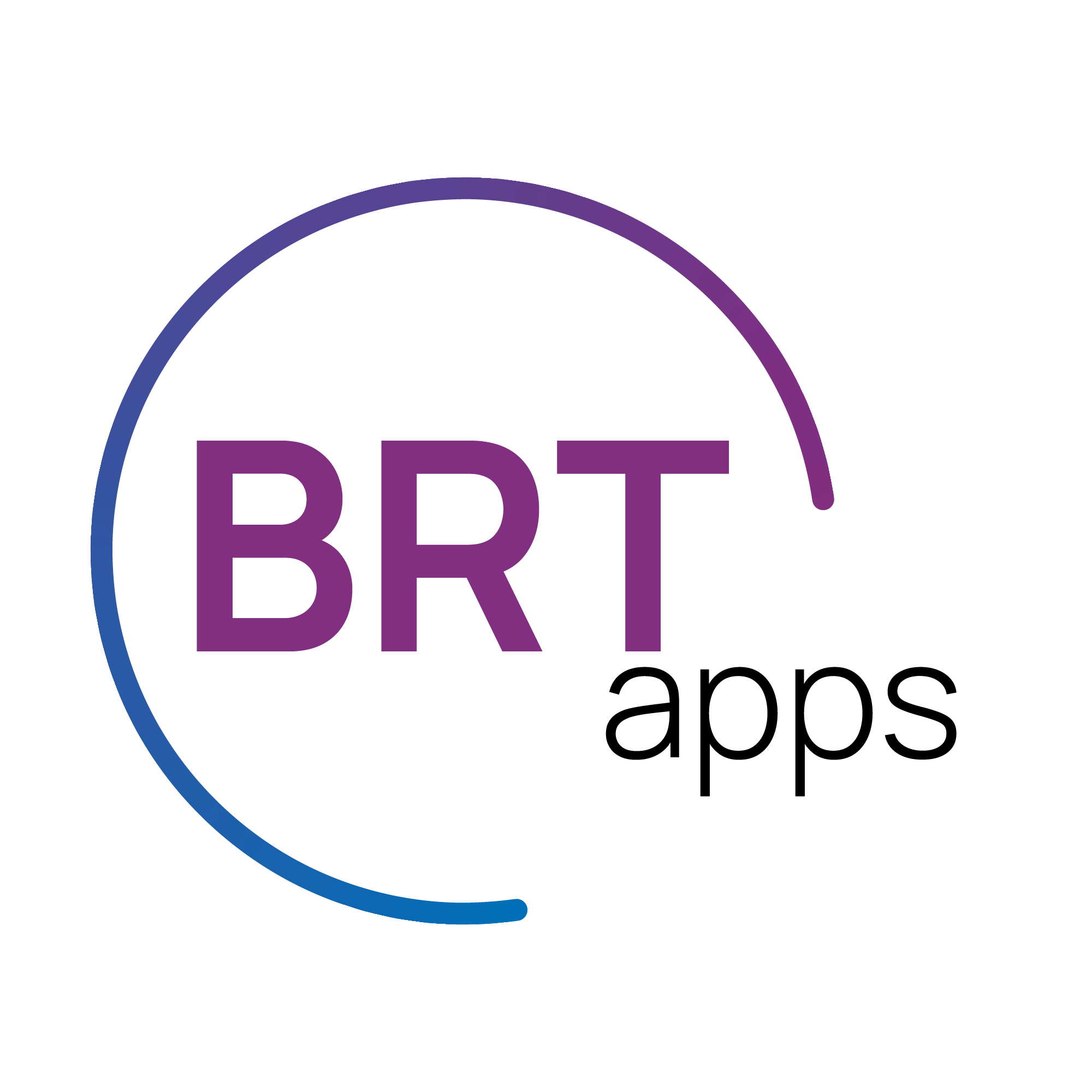Some English words are hard to read because they don’t follow the rules. These tricky words might be irregularly spelled or vary in how they sound. They might be controlled by another letter (e.g., “bossy” r or l), contain silent letters (e.g., kn, mb, gh), or include a diphthong or schwa sound (e.g., oi/oy or again). Some words change in their pronunciation based on regional dialectical differences (e.g., root, aunt), and some words are pronounced differently due to their origin (e.g, oo: book vs food vs door). Word recognition can get very tricky! https://www.readingrockets.org/topics/spelling-and-word-study/articles/english-gets-bad-rap
However, only 14% of English words are truly “outlaws” that don’t follow a predictable pattern (Moats & Tolman, 2009)[1], and many can even be found on high frequency word lists. So, students need to learn how to recognize tricky words for agile reading development. These kinds of words are not only central to mapping our spoken vocabulary to print, but they also enrich our understanding. For example, consider these words:
- our
- city
- most
- ear
- wing
- gold
- pull
- saw
Some of these words are fundamental and common (e.g., our, saw) whereas others constitute a distinctive and meaningful choice (e.g., city, gold). Contractions (e.g., don’t) and simple words that end in ly or le (e.g., only, apple) are also considered tricky to learn. They follow a consistent pattern, but readers must remember some advanced nuances (e.g., the placement of an apostrophe, how to pronounce a y or not pronounce an e) for correct word recognition.
Tricky Word Recognition
Weknow that pinpointing students’ difficulties with properly recognizing rule breakers can be sometimes hard for teachers. Providing enough learning instances to spot the patterns within text, to reinforce learning, can be time-consuming and challenging to find. That’s why CBM Skills has a task focused on assessing beginning readers’ proficiency in recognizing these kinds of tricky word patterns– to give teachers information about specific challenges. Most items are single syllable words, and all are commonly found in K – 2 texts. Like with the other CBM Skills tasks, the errors made by students can help to reveal the source of their troubles. For example, teachers can take a deeper look at students’ task responses to see whether the incorrect answers were based on phonological processing or more basic errors (e.g., incomplete letter matching or wild guessing).
When supplied with this kind of information quickly and easily, teachers can more readily focus on the best methods for ameliorating students’ misconceptions. For example, teachers can find time for creative practice opportunities that avoid rote memorization. Tricky word recognition can become an opportunity to help students see reading as detective work. Learning to recognize rule breakers can be an exciting challenge in students’ practice with “cracking the code”!
For example, even “oddball” exceptions have word buddies (other words that contain the same pattern; e.g., king and sing). They also are connected to other words through a shared meaning (they can be found in the same semantic network; ruby and gem). So, there are engaging ways to solidify learning about the exceptions to conventional phonics rules. Games, writing, spelling, as well as word-mapping and word-study activities can all help students build their word recognition skills and correct specific misconceptions. The key is to use repeated and varied learning opportunities.
Systematic approaches don’t have to be boring! The more that students can cultivate a growing understanding and curiosity about word reading, the more self-assured they will become when encountering unusual or new words. Developing this kind of mindset about reading is just as important as learning about the different phonics rules. Attitude shaping is a vital part of word reading development that will influence the trajectory of students’ fluency progress and have a lasting impact on how they approach reading into adulthood.
[1] Moats, L, & Tolman, C (2009). Excerpted from Language Essentials for Teachers of Reading and Spelling (LETRS): Spellography for Teachers: How English Spelling Works (Module 3). Boston: Sopris West. https://www.aft.org/sites/default/files/moats.pdf
